AmaHlubi
The Hlubi (or AmaHlubi) are a Southern African ethnic group who originate from the Samburu people of Kenya and the Shubi, an ethnic and linguistic group based in the Kagera Region of Tanzania.
More about them below....feel free to add or subtract....
The Hlubi (or AmaHlubi) are a Southern African ethnic group who originate from the Samburu people of Kenya and the Shubi, an ethnic and linguistic group based in the Kagera Region of Tanzania.
More about them below....feel free to add or subtract....
For at least two centuries they have been a part of the Nguni, Mbo or Lala nation. They are found in the Republic of South Africa in the KwaZulu/Natal, Eastern Cape and North West provinces, with an original settlement on the Buffalo River. Very little has been documented about..
this nation but there is a lot of oral literature regarding the history of the amaHlubi nation. The amaHlubi originated further North and migrated southwards with the other Nguni groups of the time.They settled in the Lubombo mountains, a range that extends from Zululand to the..
Swaziland-Mozambique border. They migrated southwards to Natal. In the Lubombo mountains they separated from the group now known as the amaSwati. The amaHlubi are closely related to the Swazis, evident both in language and clan names. Traditionally amaHlubi kings preferred to...
marry Swazi girls as they saw them as their close relatives. The amaHlubi people maintain that they are a different entity from all other groups in South Africa and in Africa generally though there a section of people closely related them known as Bashubi in Rwanda and Burundi...
They are found also in places like Zimbabwe (Matebeleland) and Lesotho. They have secret female initiation rituals, and other customs separate them from the Nguni in general.
Below is a traditional estimation of the Hlubi Kings that ruled from 1300 til date.Note that Hlubi history comes mainly from oral sources and the dates below should not be taken as historically accurate: (surprisingly King Mhlanga and King Musi are AmaHlubi....my blood y’all  https://abs.twimg.com/emoji/v2/... draggable="false" alt="🥰" title="Smiling face with 3 hearts" aria-label="Emoji: Smiling face with 3 hearts">)
https://abs.twimg.com/emoji/v2/... draggable="false" alt="🥰" title="Smiling face with 3 hearts" aria-label="Emoji: Smiling face with 3 hearts">)
The current ruler of the nation is Muziwenkosi kaTatazela, who is officially known as King Langalibalele II. The Hlubi royal home is in Mtshezi (Estcourt) in what is today known as KwaZulu Natal. Hlubis are now found throughout South Africa.
There are Hlubi communities in the Eastern Cape (Matatiele, Mt Fletcher, Tsolo, Qumbu, Maclear, Mt Frere, Mount Ayliff, Queenstown, Sterkspruit, Tsomo), Kwazulu Natal (Ixopo, Mzimkhulu, Escourt, Madadeni, Utrech etc), North West and some settlements in Lesotho and Zimbabwe.
The origin of the name "Hlubi" is not known. Some historians speculate that this was the name of a Hlubi princess who was a daughter to King Dlamini who appears on number 14 on the Hlubi ruler& #39;s lineage.
Others argue that this was a name of one of the early Hlubi rulers although the name of this said King does not appear in their list of Kings. The word does exist in Congo, Rwanda, Tanzania, etc..known as "Shubi".
The Hlubi language is classified as a member of the Tekela language group, a subgroup of the Nguni group. It is thus closely related to siSwati, Bhaca and Southern Ndebele. Sesotho, isiZulu and isiXhosa words are common. Below is a list of some Hlubi words used in everyday convos
Hlubi is an endangered language, and most Hlubi speakers are elderly and illiterate. The language is still spoken in places like Qumbu, Tsolo, Maclear, Mt Frere, Mt Ayliff, Border Lesotho, Matatiele, Mt Fletecher and Sterkspruit. There are attempts by Hlubi intellectuals to...
revive the language and make it one of the eleven recognised languages in South Africa. The younger generation largely speaks Xhosa or Zulu. Xhosa is regarded as a neutral language among Black people living in the Eastern Cape, while Zulu is the language most spoken in KZN.
Clans of the Hlubi People:
1. Dakana*
2. Dinwa
3. Dladla
4. Dontsa
5. Hlangebi
6. Hlatywayo*
7. Jali*
8. Khambule*
9. Khasibe*
10. Khesa*
11. Khumalo*
12. Langa*
13. Lubelo
14. Ludwala
15. Mabaso*
16. Maduma
17. Makhunga
18. Maphetha
19. Mashiyi
20. Masingila*
21. Masoka
1. Dakana*
2. Dinwa
3. Dladla
4. Dontsa
5. Hlangebi
6. Hlatywayo*
7. Jali*
8. Khambule*
9. Khasibe*
10. Khesa*
11. Khumalo*
12. Langa*
13. Lubelo
14. Ludwala
15. Mabaso*
16. Maduma
17. Makhunga
18. Maphetha
19. Mashiyi
20. Masingila*
21. Masoka
22. Mayaba
23. Mazibuko*
24. Mbambo*
25. Mbongwe
26. Mkhwane
27. Mlandu
28. Mguni*
29. Mntambo
30. Mpangela
31. Mpila*
32. Msi-Skhosana
33. Msimanga*
34. Mntungwa
35. Mvemve
36. Nala-Nzima
37. Ndaba
38. Ndana
39. Ndlela*
40. Ndlovu-Malunga
41. Ndumo
42. Nkala
43. Nkomo
23. Mazibuko*
24. Mbambo*
25. Mbongwe
26. Mkhwane
27. Mlandu
28. Mguni*
29. Mntambo
30. Mpangela
31. Mpila*
32. Msi-Skhosana
33. Msimanga*
34. Mntungwa
35. Mvemve
36. Nala-Nzima
37. Ndaba
38. Ndana
39. Ndlela*
40. Ndlovu-Malunga
41. Ndumo
42. Nkala
43. Nkomo
44. Nkwali-Maphela
45. Ntethe
46. Ntlaphu*
47. Phakathi
48. Rhadebe - The Rhadebe& #39;s have the following subclans:
49. SIPAMBO amahlubi amahle
(a) Hlanga
(b) Khabaludaka
(c) Makhunga - Mduli
(d) Maya
(e) Mgemane
(f) Ntanzi
(g) Ntshali - Ntshayi
(h) Rawule
(i) Reledwane
45. Ntethe
46. Ntlaphu*
47. Phakathi
48. Rhadebe - The Rhadebe& #39;s have the following subclans:
49. SIPAMBO amahlubi amahle
(a) Hlanga
(b) Khabaludaka
(c) Makhunga - Mduli
(d) Maya
(e) Mgemane
(f) Ntanzi
(g) Ntshali - Ntshayi
(h) Rawule
(i) Reledwane
(j) Sondezi (Sotetsi in Lesotho)
(k) Swebelele - Ndlazi
49. Sithole*
50. Tshabalala*
51. Tshabangu*
52. Thuse*
53. Vundle*
54. Xaba
55. Zengele - Thiyani
(k) Swebelele - Ndlazi
49. Sithole*
50. Tshabalala*
51. Tshabangu*
52. Thuse*
53. Vundle*
54. Xaba
55. Zengele - Thiyani
These are the people who joined the Hlubi kingdom, some had their own kingdoms (chieftaincies). Others joined through marriage, while others joined thought being conquered in tribal wars/conflicts and others came to seek protection as they were fleeing from other nations.
It was quite common in the early days of African history that weaker ethnic groups would seek protection from the stronger nation/group, or sections of a nation (during internal feuds) would break away and join another.
Sometimes the stronger group would in pursuit of wealth..
Sometimes the stronger group would in pursuit of wealth..
attack a weaker/smaller group/clan. Another common practice was when a princess came to marry a king; members of her people, who would often never return home, wouldaccompany her. In all these instances, the incorporated people would pay respect and show allegiance 2 thesupreme..
ruler. As the amaHlubi were the largest and stronger in their earlier days, there are a few examples of the groups and clans that had a different origin but joined amaHlubi to create this super nation:
1. Mdakana, Mlambo and Gumbi – broke away from amaNgwane, so did Khweswa &..
1. Mdakana, Mlambo and Gumbi – broke away from amaNgwane, so did Khweswa &..
Mnguni from the Mchunus (abenguni) and Nkwali (Mkhwanazi from Ndwandwe).
2.Maduna (Matona) of Sotho origin were incorporated on arrival in Hlubiland, so didNkomo and amaZengele (Thiyani).
2.Maduna (Matona) of Sotho origin were incorporated on arrival in Hlubiland, so didNkomo and amaZengele (Thiyani).
3. Tshabalala and Msimang of Swazi origin came through marriage, so are the Xabawho are of Mtetwa origin.
4. Other sub clans include: AmaBongwe, Dontsa, Ndaba, Hlatswayo, Khumalo, Mabaso, Mayaba, Nkala etc.
4. Other sub clans include: AmaBongwe, Dontsa, Ndaba, Hlatswayo, Khumalo, Mabaso, Mayaba, Nkala etc.
Other groups can be traced from the ancient amaHlubi Kings. For example:
5. AmaBhele are either formed from the Hlubi king called Bhele or according to Soga (page 424), they are from King Mhuhu’s son called Bhele, brother to King Mhlanga.
5. AmaBhele are either formed from the Hlubi king called Bhele or according to Soga (page 424), they are from King Mhuhu’s son called Bhele, brother to King Mhlanga.
6. While the amaZizi, are derived from King Dlamini of the amaHlubi, who is 14th on the Genealogical table above. Hence the salutation of the amaZizi which is Dlamini!
7. Sikhosana is derived from Musi (Msi), son of King Mhlanga
7. Sikhosana is derived from Musi (Msi), son of King Mhlanga
These are but a few examples of how the amaHlubi built this nation.
For a Kingdom to exist,most people would argue that it needs a coherent, continuous border, and a degree of sovereignty,all things necessary for a monarch to dispense favours, implement laws,and maintain loyalty.
For a Kingdom to exist,most people would argue that it needs a coherent, continuous border, and a degree of sovereignty,all things necessary for a monarch to dispense favours, implement laws,and maintain loyalty.
Hlubis (much like Ndebeles) are spread throughout Southern Africa. In fact, they are one of the 11 Amakhosi (chiefs) in Natal requesting status equal to that of any king in South Africa and they are rumoured to have a very strong case as they are very clear about this issue and..
have valid arguments. It should be noted that this is not the first time that amaHlubi have lodged a similar claim but their pleas have always fell on deaf ears.
For further readings kindly follow this link: http://dictionary.sensagent.com/AmaHlubi/en-en/ ">https://dictionary.sensagent.com/AmaHlubi/...
Kubonga uMaMhlanga https://abs.twimg.com/emoji/v2/... draggable="false" alt="😇" title="Smiling face with halo" aria-label="Emoji: Smiling face with halo">
https://abs.twimg.com/emoji/v2/... draggable="false" alt="😇" title="Smiling face with halo" aria-label="Emoji: Smiling face with halo"> https://abs.twimg.com/emoji/v2/... draggable="false" alt="👑" title="Crown" aria-label="Emoji: Crown">
https://abs.twimg.com/emoji/v2/... draggable="false" alt="👑" title="Crown" aria-label="Emoji: Crown">
For further readings kindly follow this link: http://dictionary.sensagent.com/AmaHlubi/en-en/ ">https://dictionary.sensagent.com/AmaHlubi/...
Kubonga uMaMhlanga

 Read on Twitter
Read on Twitter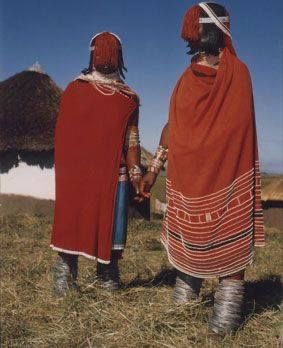
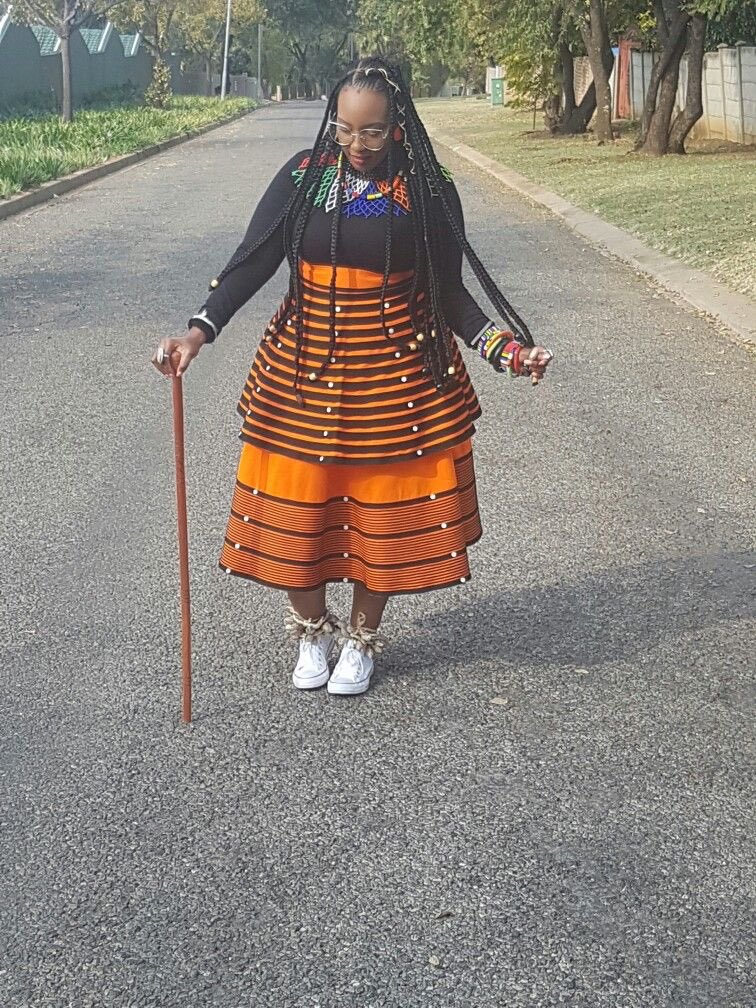
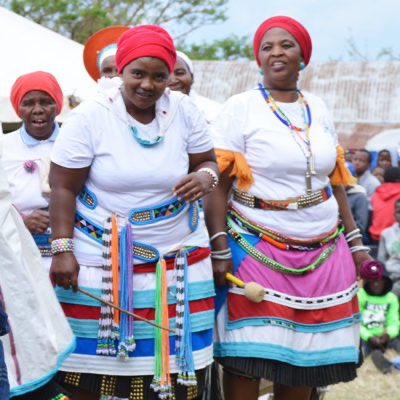
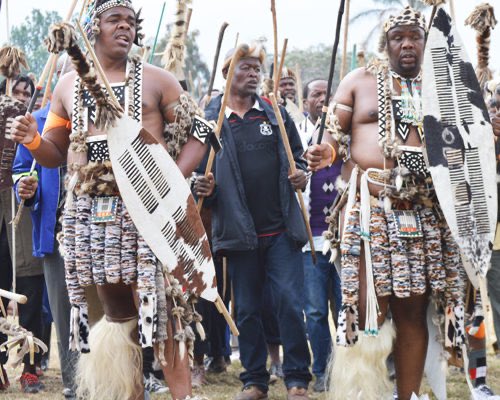
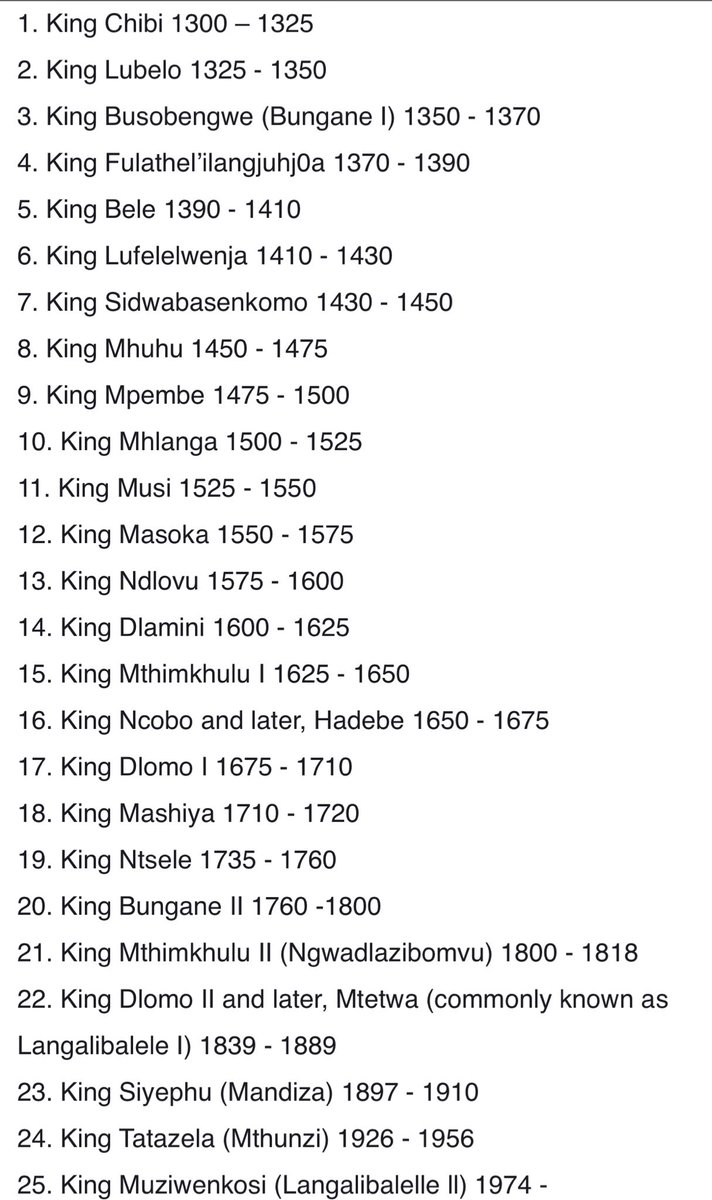 )" title="Below is a traditional estimation of the Hlubi Kings that ruled from 1300 til date.Note that Hlubi history comes mainly from oral sources and the dates below should not be taken as historically accurate: (surprisingly King Mhlanga and King Musi are AmaHlubi....my blood y’all https://abs.twimg.com/emoji/v2/... draggable="false" alt="🥰" title="Smiling face with 3 hearts" aria-label="Emoji: Smiling face with 3 hearts">)" class="img-responsive" style="max-width:100%;"/>
)" title="Below is a traditional estimation of the Hlubi Kings that ruled from 1300 til date.Note that Hlubi history comes mainly from oral sources and the dates below should not be taken as historically accurate: (surprisingly King Mhlanga and King Musi are AmaHlubi....my blood y’all https://abs.twimg.com/emoji/v2/... draggable="false" alt="🥰" title="Smiling face with 3 hearts" aria-label="Emoji: Smiling face with 3 hearts">)" class="img-responsive" style="max-width:100%;"/>




